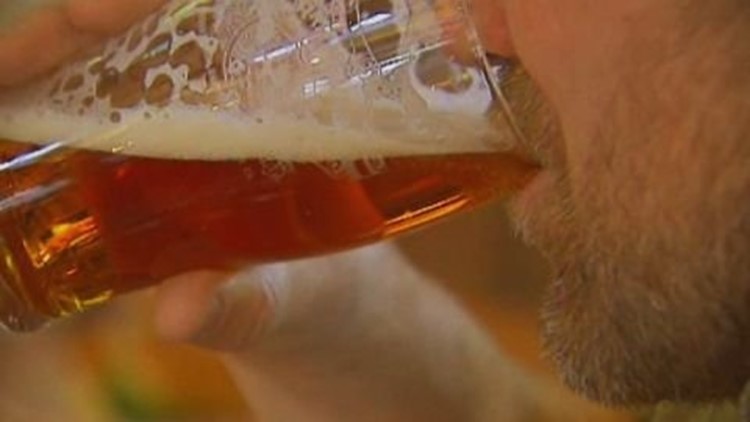Harrisburg – The Pennsylvania Liquor Control Board (PLCB) released its biennial Report on Underage and High-Risk Drinking, which identifies current levels and trends of underage and college drinking, details prevention strategies and efforts pursued by state and local organizations, and identifies evolving alcohol-related challenges public health partners will face in the future.
“While the beverage alcohol landscape in Pennsylvania has changed since the passage of landmark laws last year, the critically important alcohol education mission of the Pennsylvania Liquor Control Board has not,” said PLCB Chairman Tim Holden. “This report is an excellent opportunity to take stock of what programs are working; to examine current patterns of alcohol use, especially among young people; and to call attention to concerning trends we see emerging.”
Required by Act 85 of 2006, the report was compiled by PLCB with input from various partners in alcohol education, and it is presented to the General Assembly to bring awareness to alcohol issues of public health concern.
Using data from the Pennsylvania Youth Survey (PAYS) and national sources, the 2017 PLCB report on underage and high-risk drinking shows: • About 1 in 6 Pennsylvania sixth-graders said they have at least tried alcohol; more than 1 in 3 of eighth-graders and 7 out of 10 high school seniors have at least tried alcohol. • Pennsylvania continued to stay below the national average for reported binge drinking (consuming five or more drinks in a row at least once in the last two weeks) by eighth and 10th grade students. • Pennsylvania reported a reduction in the percentage of binge drinking in the 10th and 12th grades from the 2013 PAYS to the 2015 PAYS.
“We see areas that have improved, and we see areas that need improvement,” Holden said.
“Perhaps most troubling is the number of children eight, nine, and 10 years old – kids traditionally thought of as way too young to drink – who are trying alcohol and even drinking on a somewhat regular basis. Whether that trend is inspired by increased consumption among adult populations or other factors, we don’t know, but these are important issues for the PLCB and public health and education communities to explore,” Holden added.
PLCB efforts to reduce underage and dangerous drinking include more than 1 million age verification checks annually at Fine Wine & Good Spirits stores, Responsible Alcohol Management Program (RAMP) training and certification for licensees and their employees, grants totaling more than $1 million each year awarded to local partners in alcohol deterrence efforts, an annual conference drawing hundreds of experts and participants to discuss alcohol education issues, an annual poster contest for children in kindergarten through 12th grade, an award-winning training program for resident assistants on college campuses, advertising and marketing efforts, and partnership-building with communities and organizations across Pennsylvania committed to the prevention of alcohol abuse and underage drinking.
The PLCB’s Report on Underage and High-Risk drinking and more information about alcohol education efforts are available at http://www.lcb.pa.gov.
The PLCB regulates the distribution of beverage alcohol in Pennsylvania, operates more than 600 wine and spirits stores statewide, and licenses 20,000 alcohol producers, retailers, and handlers. The PLCB also works to reduce and prevent dangerous and underage drinking through partnerships with schools, community groups, and licensees. Taxes and store profits – totaling $15.1 billion since the agency’s inception – are returned to Pennsylvania’s General Fund, which finances Pennsylvania’s schools, health and human services programs, law enforcement, and public safety initiatives, among other important public services. The PLCB also provides financial support for the Pennsylvania State Police Bureau of Liquor Control Enforcement, the Department of Drug and Alcohol Programs, other state agencies, and local municipalities across the state. For more information about the PLCB, visit http://www.lcb.pa.gov.
SOURCE: PLCB



